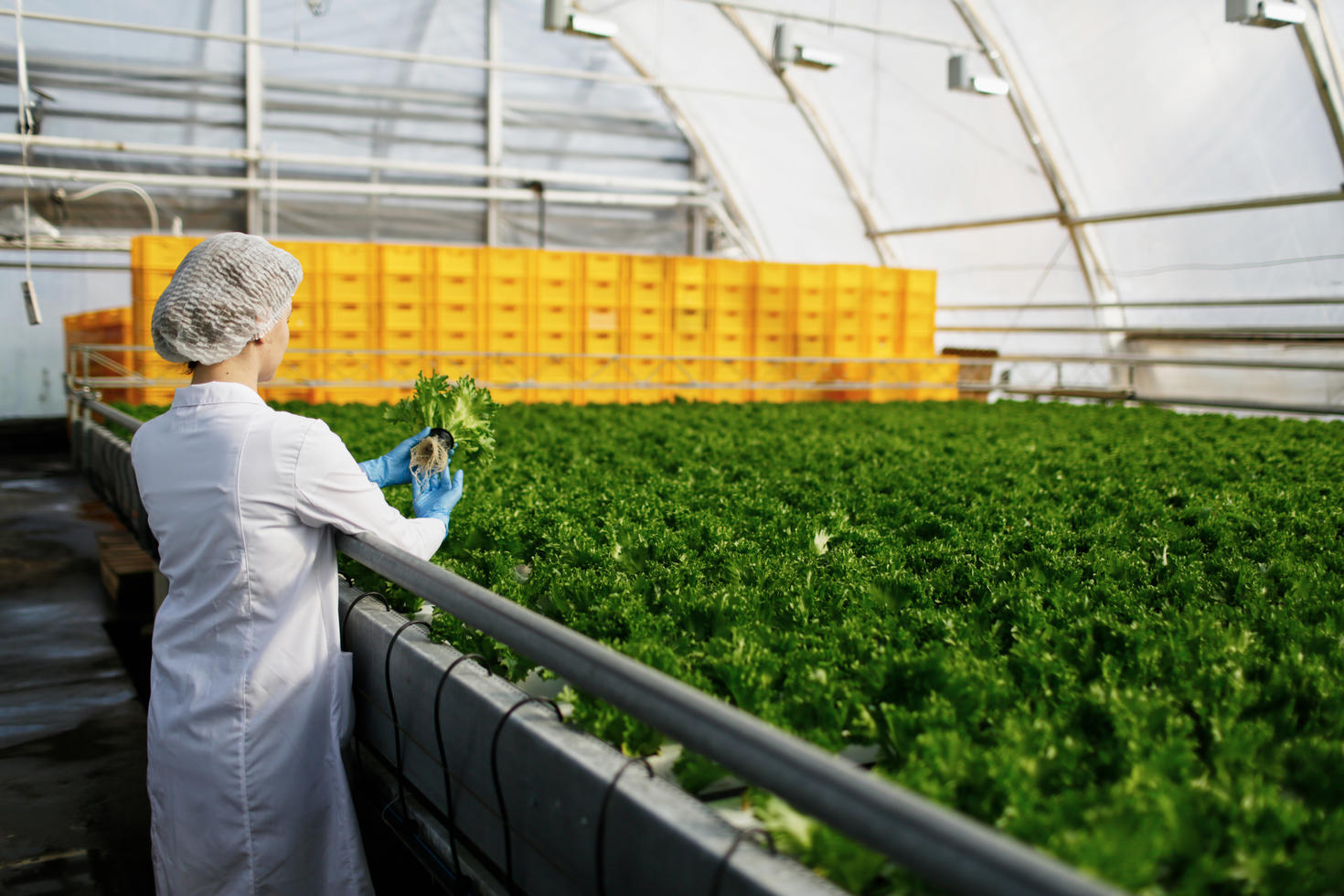In the process of writing The Immaculate Conception of Data, a book about big data and AI in agriculture, I spent years studying clever people who are working to solve environmental and other problems in the food system via digital technologies. One such person I interviewed – someone who leads the “precision agriculture” stream of a well-known ICT company – asserted that “data-driven farming makes farmers grow more food, smarter.”
Precision agriculture is so-called because people believe that farmers’ management decisions will be optimized and made more precise if they are informed by the results of self-learning algorithms which mine large volumes of data (or big data). It is now indisputably known that industrial, chemical-intensive farming contributes significant greenhouse gas emissions, agricultural chemicals have known environmental effects, and people like this scientist hope a data-driven approach will lead to a more targeted and judicious use of fuel and fertilizer.
I don’t dismiss this hope that a digitized agricultural future is a more sustainable one, at least not entirely. I do have reservations that data – no matter how many of them – and smart machines are the best route to a sustainable, global food system.
Why? Here are four reasons:
- BIAS. By now most of us know that internet data-based systems are biased thanks to books like Safiya Noble’s Algorithms of Oppression, but it is less obvious with environmental data. In the same way that we might say a gender-sorting algorithm is biased if it is programmed to sort women from men (because that reproduces a binary view of gender), commercial precision agriculture provides a biased view of farming toward commodity crop and capital-intensive food production. The bulk of farm data are collected on a narrow selection of agronomic crops, such as corn, canola, and soy. This choice makes economic sense because the farms that grow such crops are the “market” for inputs like machinery and chemicals and they have the money to pay for “data-driven” advice. Small and peasant farms dominate globally, and they tend to be more biodiverse and provide crucial ecosystem services; as it stands, however, there is no incentive for private-led innovators to focus on datasets and digital systems for the most sustainable farms – those without the money to pay for expensive technologies.
- LACK OF EVIDENCE. Because of the digital divide described above, the World Bank imagines that the projected “digital revolution” in agriculture will look different in the global south – it will come via smartphones as opposed to expensive precision agricultural tractors and complex AI. Admittedly there are interesting philanthropic projects located in the global south such that it is easy to get swept up in the hype around the bright, shiny and new. But currently there is a lack of hard, empirical evidence that any digital technology outcompetes the tried-and-true agricultural techniques which are known to generate sustainable food production such as agro-ecology, intercropping, cover cropping and extended crop rotations. Even within the academic literature, there are more grand claims than there is hard evidence (multiple year field trials), at least at this point in time.
- LACK OF OVERSIGHT. The ins and outs of commercially available big data-based platforms that help commodity growers make decisions (called “decision support systems”) are impossible to assess because they are protected from scrutiny by legal tools such as intellectual property and trade secrecy law. The technologies are what digital legal scholar Frank Pasqual calls a “pernicious black box.” As with Facebook, Google and Amazon, neither the firms’ datasets nor the AI processes by which they translate data into advice are transparent. Corporations justify tight data control as a means to protect consumers from privacy breaches and the nefarious actions of hackers. Just as with social media companies, there is no democratic institutional oversight over agricultural big data (and even less regulation around agricultural data). As they have done for internet data, likely only time and watchdog slwateuthing will uncover any misuses, and abuses will be worked out painfully in the court of public opinion.
- FURTHERED INEQUITY. If we approach environmental problems stemming from food production from an environmental justice lens, and we look back on the history of agriculture (even to the very beginning), there is lots of evidence to indicate that social injustice is tied to environmental harm. And data-driven farming shows signs of exaggerating rather than lessoning inequity in the food system. One of the biggest sources of agricultural data are the sensors built into the “precision” farm machinery. Corporate data scientists within John Deere or Bayer/Monsanto then aggregate and “mine” these data for insights which they then sell back to the farmer. While there are likely benefits to farmers who buy the data-driven insights (though see #2 above), there are clear and potentially incommensurate benefits for the corporations. For one, both the data-driven insights as well as the datasets are sources of profit for private firms. Given the above (#3), at this point we can only infer what agri-business might use these data for. It is likely that firms collecting data from farms about weather and pest pressures will be able to predict which products are most needed where and then use this information to maximize profit. Companies supplying farmers with seeds and chemicals have for years used price discrimination, selectively setting higher prices for inputs within those demographics or regions which are seen to depend on them. Thus, big agricultural data could entrench the market advantage of large agribusinesses.
Another route to sustainability is to diversify. Engendering greater diversity in our food system – both in terms of political economy and in terms of biodiversity – is the truly revolutionary idea. I believe that a sustainability transition in agriculture demands a fundamental redistribution of decision-making power from a small number of corporate stakeholders to a wider group of citizens, and from success measured only as economic gain to success measured by the tenets of food and climate justice.

